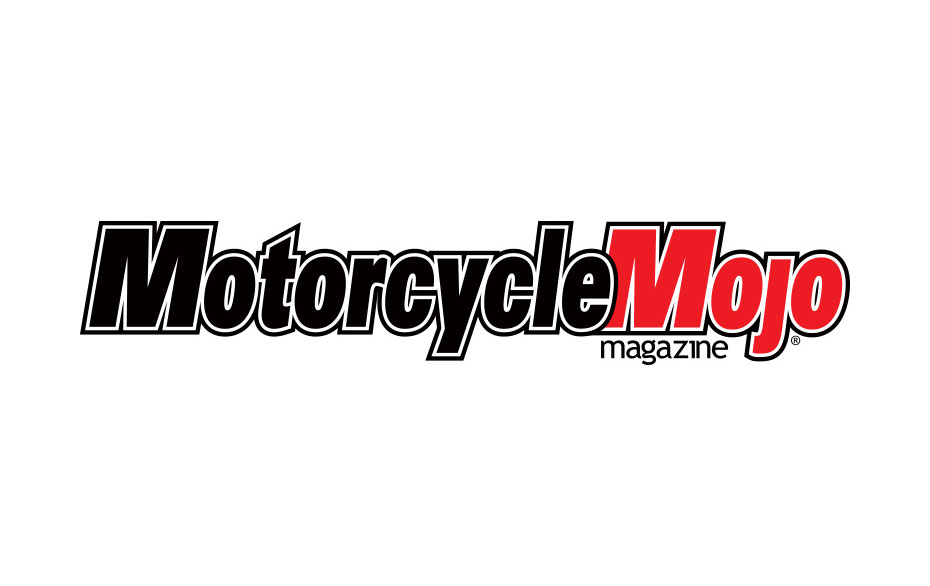It should have been blockbuster news. Energica, long time supplier of electric motorcycles to MotoGP’s MotoE class, is bowing out of racing. Hot on those heels came the announcement that Ducati was taking over the single marque electric motorcycle racing series. Like I said, headline news.
But why? Or perhaps, more appropriately, why now?
Well, when in doubt, I always follow the numbers. And the first thing to know is that despite its MotoGP affiliation as well as projections of fantastical growth, Energica remains a tiny company. Electrek estimated its 2019 global sales at 140 units and preliminary data says they only sold about 250 units in 2020. Again, that’s worldwide. The company’s gross revenue is barely $10 million (resulting in a loss of about $9 million). Not exactly a company poised to push forward electric motorcycle technology.
It shows. E racers are, on average, somewhere between 1.0 and 2.0 seconds a lap slower than a Moto 3 bike. The two classes don’t always run at the same events, but, for instance, at this year’s final pre-season test, Eric Granada set a new record for a MotoE bike around the Jerez’s 4.4 kilometre Angel Nieto circuit of 1:47.065. The record for Moto3? 1:44.998. That’s a tad over two seconds faster. The Moto2 record, by the way, is almost six-and-a-half seconds quicker.
How can that be? We’ve all been conditioned by now to think that not only are electric cars and bikes the future, but, thanks to their electric motors’ tremendous torque, are also much more rapid. And indeed, Energica’s Ego, on which the MotoE racers are based, can touch 100 km/h in just 2.6 seconds, way faster than the little 250-cc Moto3 piddlers I was comparing them to. In fact, they’re just about as quick as a pre-launch control MotoGP bike. So what gives?
Batteries. Or, more appropriately, the weight of those batteries. As in a whole heckuvalot of weight. That same Energica I mentioned weighs some 260 kilograms; the race versions, not very much less. Leopard Racing’s Honda NSF250RW, on the other hand, weighs barely 82.5 kilos — yes, about a third of a MotoE Energica — so its 60 or so horsepower still manages a 260 km/h top speed, only about 10 klicks down from the 161-hp Energica.
To put that into perhaps even more stark contrast, if Mr. Granada, the very fastest of the MotoE set, had lined up in a Moto2 race at Jerez (their 765-cc Triumphs producing about 20 ponies less than the Energicas), over the course of a 25-lap race he would have been lapped by the entire field. Of course, that would have been if he could have run 25 laps. Unfortunately, despite having upwards of 200 pounds of battery on board, most MotoE races are limited to but 10 laps or fewer, their Lithium running out of ions.
In other words, MotoE racing is slow. And the bikes aren’t making much of the progress long promised by the electric vehicle industry. That two-second gap to Moto3, for instance, is largely unchanged over the last three years. Oh, to be sure, as electric bike proponents are wont to boast, the racing is often very close, but that has not been enough to generate the excitement that many thought would propel MotoE to the forefront of motorcycle racing. Electric motorcycle racing, unfortunately, remains boring as snot.
So, why would Ducati, the very bastion of passionate Italian motorcycling, get involved with MotoE? Especially since, until this recent announcement that they were taking over the series, there had been no outward indication that the kings of internal combustion had even the slightest interest in electric motorcycles?
Well, I suspect the answer is two-fold.
The first is that I think Ducati Corse sees an opportunity. Energica is a small company with, as I said, limited resources. Ducati, on the other hand, is on a roll: its recent third quarter was its most successful ever. Armed with the technical resources of being part of the monstrous Volkswagen empire, the engineers from Bologna Panigale have access to technology that a small startup can only dream about.
Indeed, unlike in the auto industry where disruptors like Tesla — which, as I wrote this, had just passed a valuation of a trillion dollars — rule the roost, I think it’s going to be the established marques that really push the genre forward. Zero is the world’s largest manufacturer of electric motorcycles and has been in business almost as long as the aforementioned Tesla, but the last time I looked (in 2019) they barely sold 3,500 bikes globally.
More importantly, I think there’s been more than a little pressure on CEO Claudio Domenicali to get with the program. VW has gone all in with electrification, with the company committing some US$86 billion dollars over the next five years to EV development. What are the chances that VW Group CEO Herbert Diess would pressure the likes of Audi, Bentley and Skoda to get their zero-emissions houses in order and then let Ducati stick to its desmodromic ways? I’m not saying that Mr. Domenicali was told to grab the MotoE reins. But it’s certainly not out of the question to imagine that there was some pressure to produce some sort of plan for future electrification. And what better opportunity to burnish its electrification bona fides than to back a single sponsor racing series associated with its famed MotoGP efforts?
At the very least, the racing should be more exciting than it is currently. Who knows? Maybe we’ll finally see a MotoE racer faster than those little 250-cc tiddlers.










